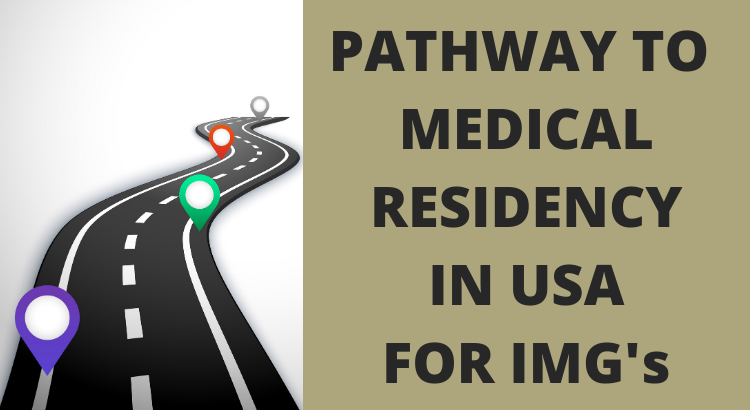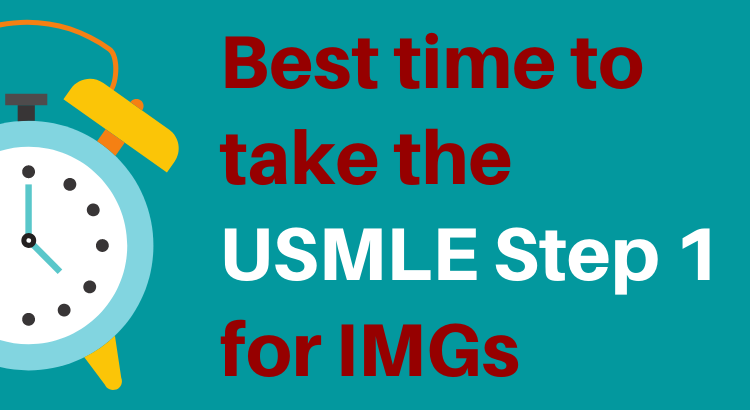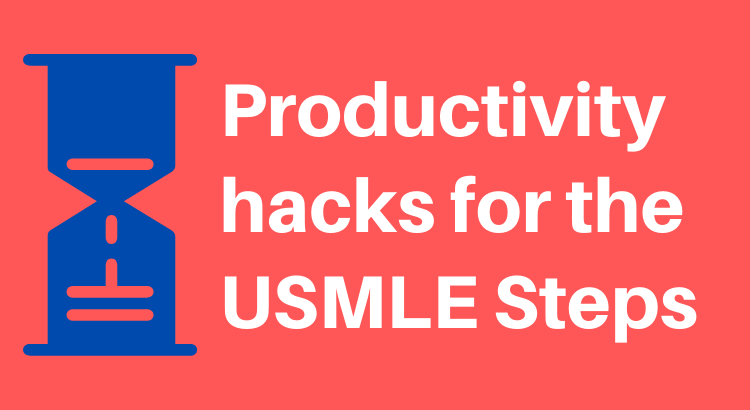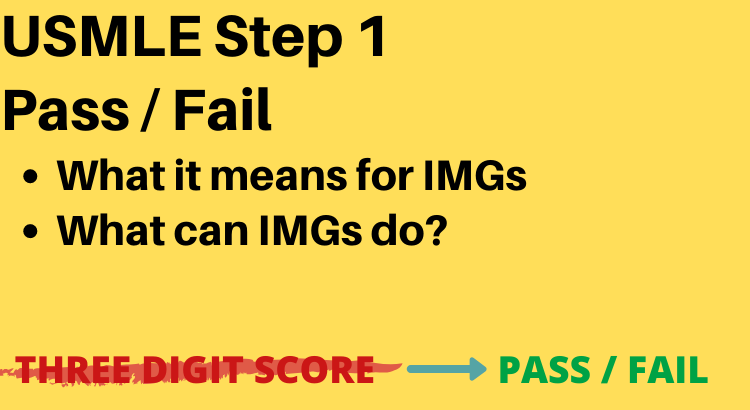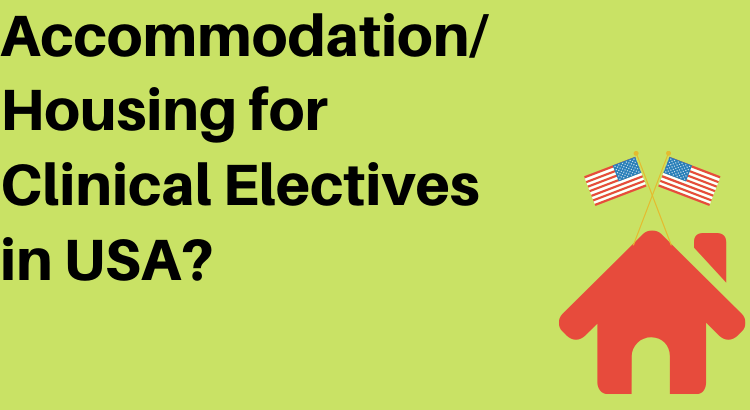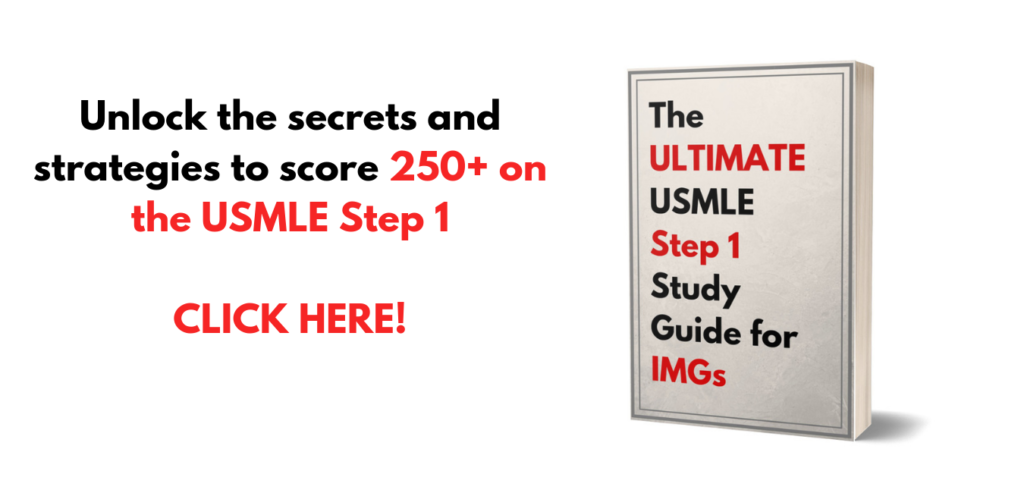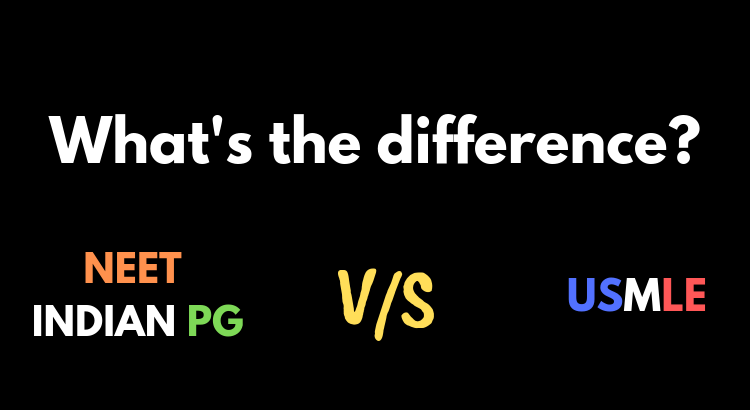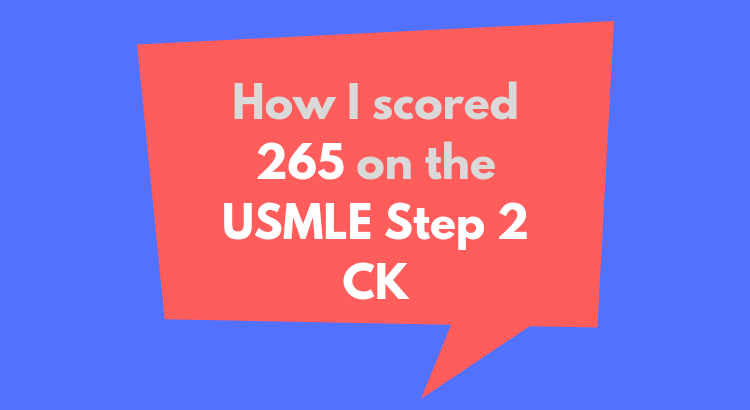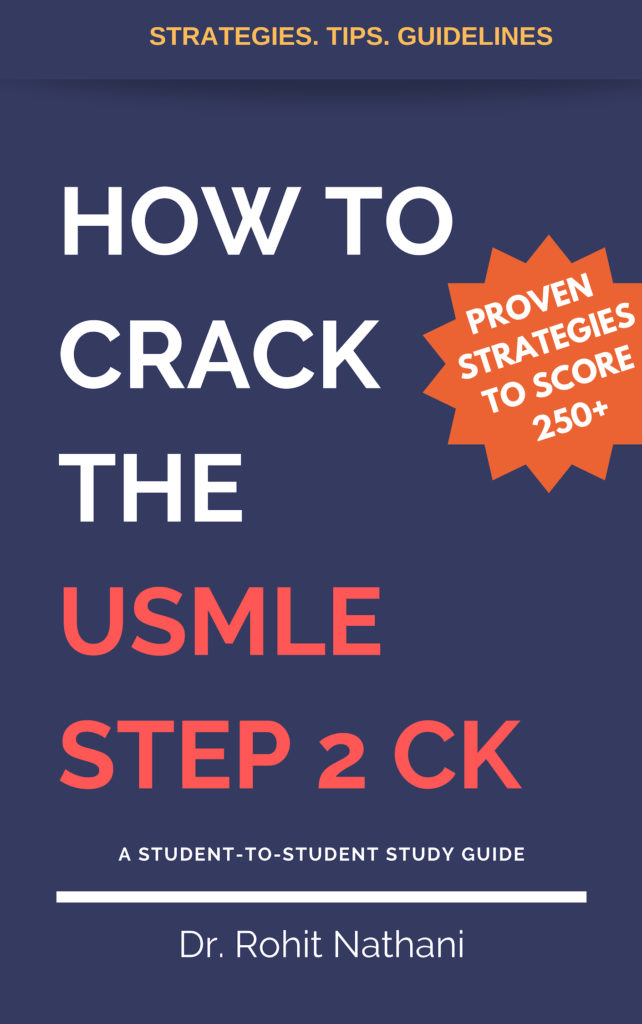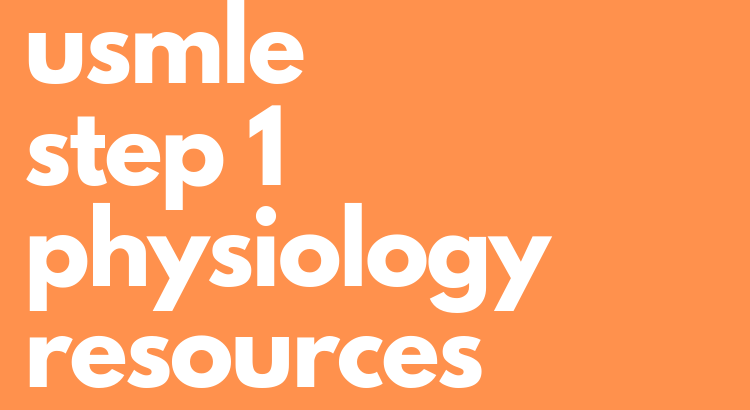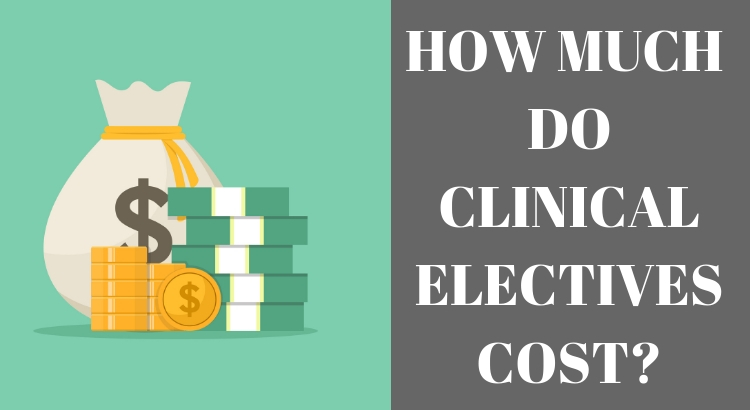Are you an international medical student who is planning to pursue a medical residency in USA? If yes, I understand that this may have been a big step for you, as many international medical students are often confused whether to pursue a residency in their home country or abroad.
Great! But, now what? How do I go about it? There are so many exams, research, clerkships…….. how do I go about all this stuff!!!???
Before you freak out, this post provides the most basic overview of the pathway to a medical residency in USA. Throughout the post I will leave links to other relevant sections which have more information.
However, having an overview will help you get a basic understanding of the requirements so you can plan your timeline accordingly.
ECFMG Certification
The Educational Commission for Foreign Medical Graduates (ECFMG) is the organization that deals with the certification requirements for international medical students to be able to apply for a medical residency in USA.
In order to apply for a medical residency in USA, you need to be ECFMG certified.
In order to be ECFMG certified, you need to clear some exams known as the United States Medical Licensing Exam (USMLE). There are various parts to this exam known as the “Steps” and you need to clear the following steps in order to apply for ECFMG certification
- Step 1 : This computer based exam tests you on basic sciences. You can check out our posts related to USMLE Step 1 here. This exam can be taken in your home country if there is a Prometric testing center (Prometric is the organization that conducts the computer based examination)
- Step 2 CK : This computer based exam tests you on your Clinical Knowledge. You can check out posts related to USMLE Step 2 CK here. Can be taken in home country.
- Step 2 CS : In this exam you will examine standardized patients and test your clinical skills as a physician. This examination must be taken in the US. People generally take this exam when they visit the US for elective/ observerships in US.
You absolutely must take these exams in order to be eligible for ECFMG certification.
There is also a Step 3, but it is not required for ECFMG certification and to be able to apply for a medical residency in USA
For most international medical students, the USMLE exams are the biggest milestones on the path to a medical residency in USA.
These exams require you to have a strong understanding of the basic sciences and the clinical subjects. You should also be able to integrate the knowledge and apply it to clinical cases on the exam.
Your performance on these exams are one of the key factors considered by program directors in selecting applicants whom they want to interview.
There are some more requirements by the ECFMG, for example, your medical school should be listed in the World directory of Medical Schools. You can read more about ECFMG certification requirements here.
It’s now time to apply!
Applications to residency programs are made through an online portal called ERAS (Electronic Residency Application Service).
To access ERAS, you will have to purchase an ERAS token which is usually available on the website in June of every year.
Once you purchase the ERAS token, you have access to the ERAS portal that allows you to upload your CV, personal statement , other supporting documents as well as apply to Residency Programs.
You can begin applying to programs on September 6 each application season. Programs can begin downloading your application September 15 onward.
Read more about ERAS here.
Interview Season
After you have submitted your application, residency programs download it based on their selection criteria. The program will view your application holistically and decide whether they want to grant you an invitation to interview at the program.
Interview invitations are generally given out from November to January of each year. This is the time when you will visit the programs where you have an interview call from.
After the interview season is over, you will have to create a Rank order List of the programs you interviewed at. This is basically a preference list of the programs where you interviewed and would like to match at.
The deadline for the submission of this rank order list is generally in February.
The Match
The applicant and the programs both prepare rank order lists that are run through “the match algorithm” that matches candidates and programs based on their rank order lists.
The 3rd Friday of March is generally called the “Match Day”. This is when applicants come to know which program they have matched at.
Conclusion
As I mentioned at the start, this post is a very brief overview of the pathway to a medical residency in the US in its most basic form.
There are a lot of intricacies to this process. Many of these things like research, electives, etc are discussed throughout the website. These things are required to improve your CV and application in order to be a competitive applicant.
Hopefully this post gave you a rough idea of the process. If it helped you, do share it with your friends who may benefit from reading this post.
Read other posts about USMLE here.
If you have any questions, use the comments section below. For personalized consultation and help with your timeline, resources and strategies, fill out the consult request form and I will get back to you.
This article has been written by Dr. Rohit Nathani who is a medical graduate from Seth GS Medical College. Ask your questions in the comments section below.
To submit your USMLE experience, go to the Contribute page. Your experiences can help other IMGs in their journey! You can also email us at theindianmedicalstudent@gmail.com
